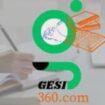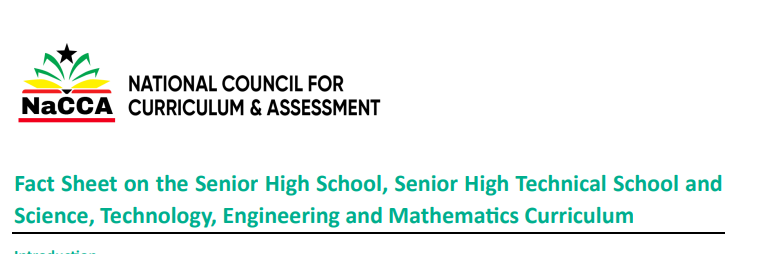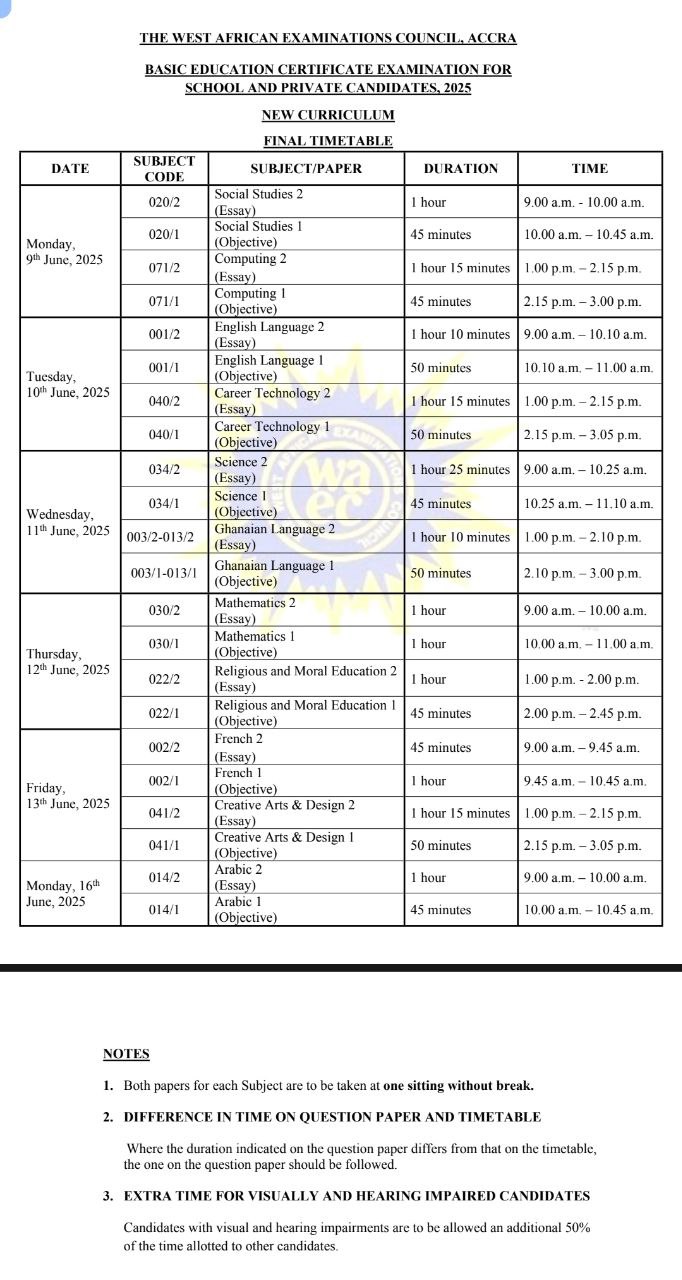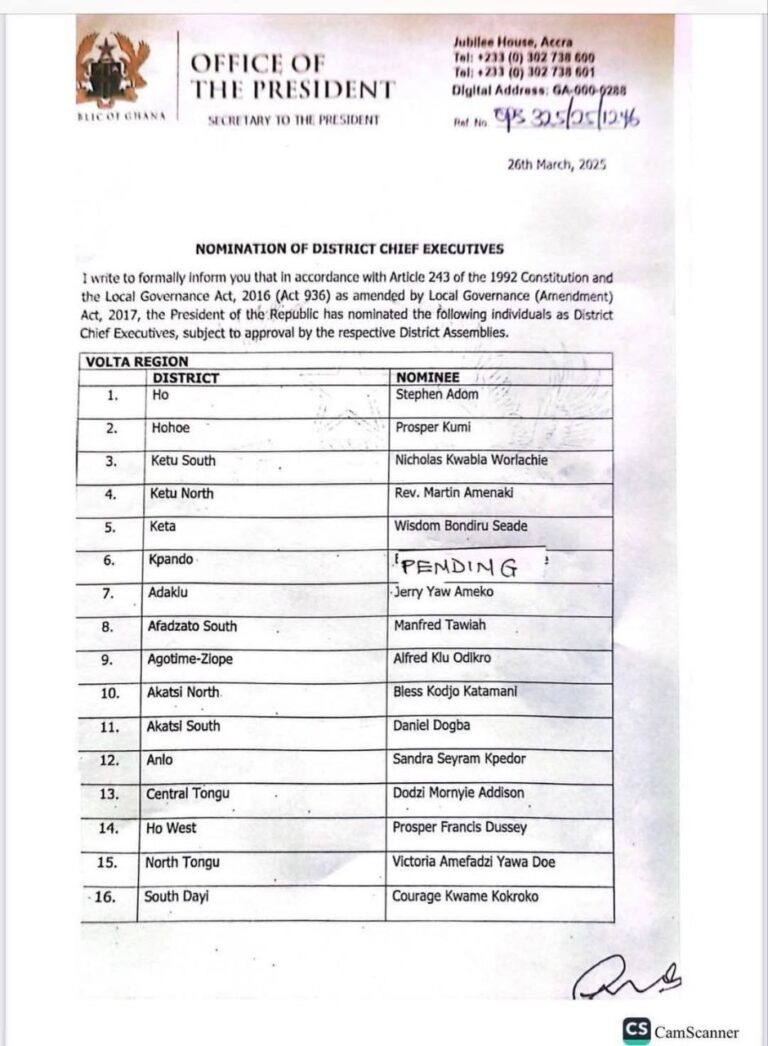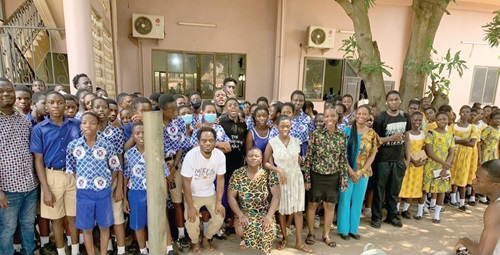New Subject Combinations for SHS/SHTS/STEM Schools in Ghana The SHS, SHTS, and STEM curriculum introduces more flexibility...
SHTS
What is New in the SHS, SHTS and STEM Curriculum Here are some of the New things...
